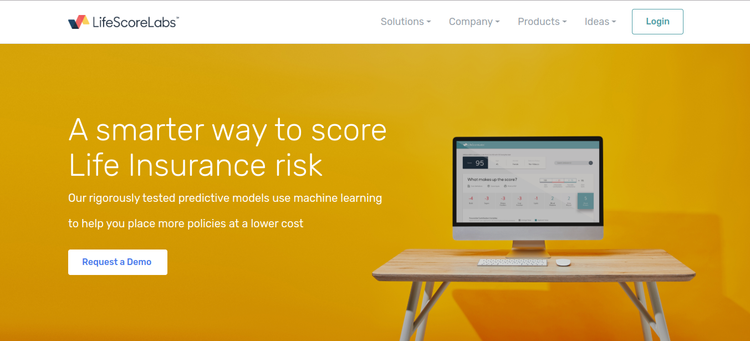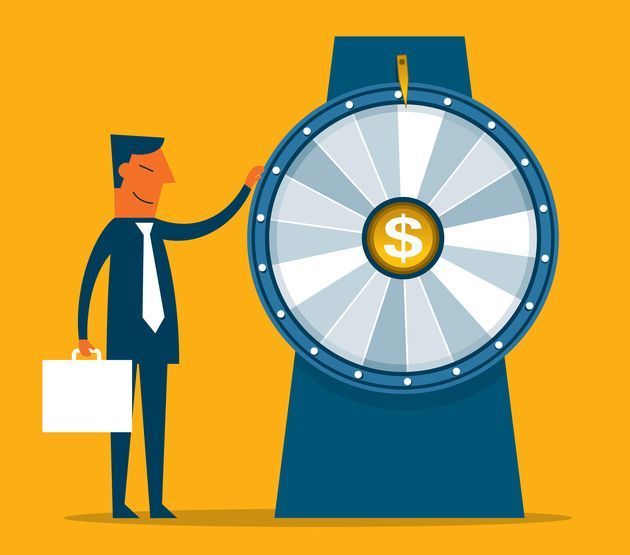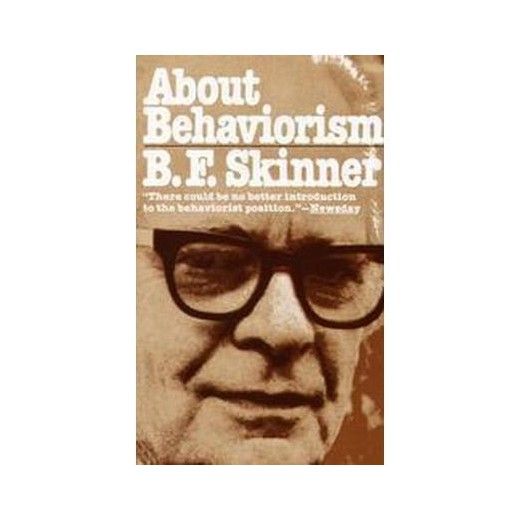The future of distribution
I've had a number of conversations in the past few weeks with a client who wants an eye-popping Web page. He doesn't want a lot of Flash -- and thank God he doesn't -- but he wants something with visual pull.
Now I'm not a designer. I'm a journalist. And my consulting services revolve around editorial issues. But online design is part of many conversations I have. And I'm getting less comfortable with those conversations, because I think design is getting less important.
In other words, I would prefer that publishers spend less time thinking about electronic design and spend more time thinking about electronic distribution.
I've written before that I think content is becoming containerless -- freed of the confines of your magazine and of your Web site -- and that trying to control the context of your material is a loser's game in an era of re-mixes and RSS feeds.
There's a fascinating piece on Matt McAlister's blog in which he talks about Dick Costolo's recent post about the future of RSS. Read them both. But pay particular attention to Matt's "strategic and operational recommendations for today's publisher." Matt suggests that journalists shoot for quality not quantity, by producing more enterprise stories and fewer pieces about the same topics everyone else covers. In other words, publishers should give up any illusions about being the sole source of news in an industry.
Matt also urges publishers and journalists begin to engage the mash-up community. And he suggests that we create our own mash-ups, just as the Washington Post has begun doing. But truth be told, I can't imagine that any B2B publishers will be able to do such things for several years. Heck, I can't convince many of the folks I work with to link outside their own Web sites! Many journalists aren't ready for the present, let alone for the future.
For more on RSS, check out Dave Newcorn's blog. He's less nervous than I, and thinks we have about five years until RSS becomes mainstream.
tags: journalism, b2b, media, trade press, magazines, newsletters




